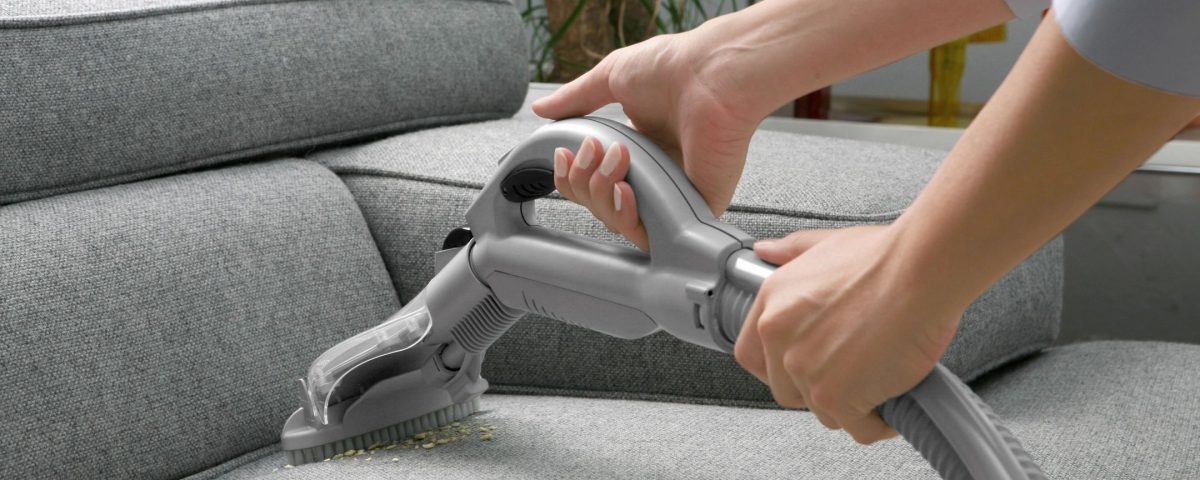- Restoring Every Detail, From Start to Finish
- (801) 263-9990
25 Tips to Making Your Home Mold-Resistant – Our Guide

What Causes Mold on Windows?
March 15, 2021
Is It Possible to Clean Up Water Damage on My Own?
March 28, 2021If we can only live in a house that is completely mold-free, we would. Many homeowners still continue to believe that a mold-free home is possible, but the truth is, it’s not. What you can do instead is to make it mold-resistant.
Mold spores exist in the air inside the home, but you can co-habit with them as long as they don’t find moisture that can serve as their breeding ground to grow. In this post, we will talk about steps on how you can make your home mold-resistant.
Steps to Make a Home Mold-Resistant
Mold needs moisture to thrive, along with warmth and food source. Their food source can be household items or materials, such as beddings and draperies, shower walls, etc.
There are three ways you can make your home resistant to mold:
- Proper ventilation
- Moisture prevention
- Reduce humidity levels
Take note, though, that mold-resistant steps for your home vary, depending if your home is new or has been there for a long time. Here are specific tips on how to achieve a mold-resistant home.
For Existing Homes
- Be mindful of areas where moisture can build up.
- Clean up spills and repair leaks immediately.
- Remove water-damaged furniture.
- Use dehumidifiers to reduce the humidity levels in your home. Ideal humidity levels are between 30 to 50 percent.
- Use fans to increase airflow in the home.
- Clean and maintain roof gutters.
- Clean and maintain AC unit drip pans and drainage lines.
- Vent moisture-producing appliances such as stoves outdoors.
- Raise air temperature in the home to prevent moisture and condensation.
- Open closet doors.
- Open doors between rooms and move furniture away from walls and corners to let air flow freely through the home.
- Ventilate crawl spaces.
- Install heavy-duty plastic sheeting over dirt.
- Clean and vacuum your house regularly.
For New Homes
If you’re starting from scratch, you have more ability to make your home mold-resistant. However, most homes being built today are more energy-efficient, and it’s a good thing, but this also restricts the airflow in most homes. Still, it’s possible to have a home that is energy-efficient and mold-resistant. Just follow these tips:
- Use mold-resistant construction products, like paint-treated with an EPA-registered fungicide, mold-resistant insulation, and wood treated with anti-mold chemicals.
- Make sure construction materials are dry and mold-free before installation.
- Watch out for construction defects because these could lead to water entry.
- Grade the land down and away from the foundation of the home.
- Have a strong moisture barrier under concrete slabs and basement floors.
- Use waterproof concrete for floors and exterior basement walls.
- Insulate pipes and water supply lines to help prevent cracks and leaks.
- Have gutters.
- HVAC systems must have a filter or electronic air cleaner.
- Install a programmable dehumidifier to reduce indoor humidity and exhaust fans to prevent moisture.
- Avoid wall-to-wall carpeting.
Conclusion
It’s possible to make your home, whether it’s an existing or new one, resistant to mold. You just have to be mindful of how you can create a home where mold won’t thrive. These steps will help you have a mold-resistant home, which will make you and your loved ones healthier and feel safer and comfortable.
Do you need help with mold abatement? We can help you here at AAA Restoration Utah. Contact us today to request a service!


